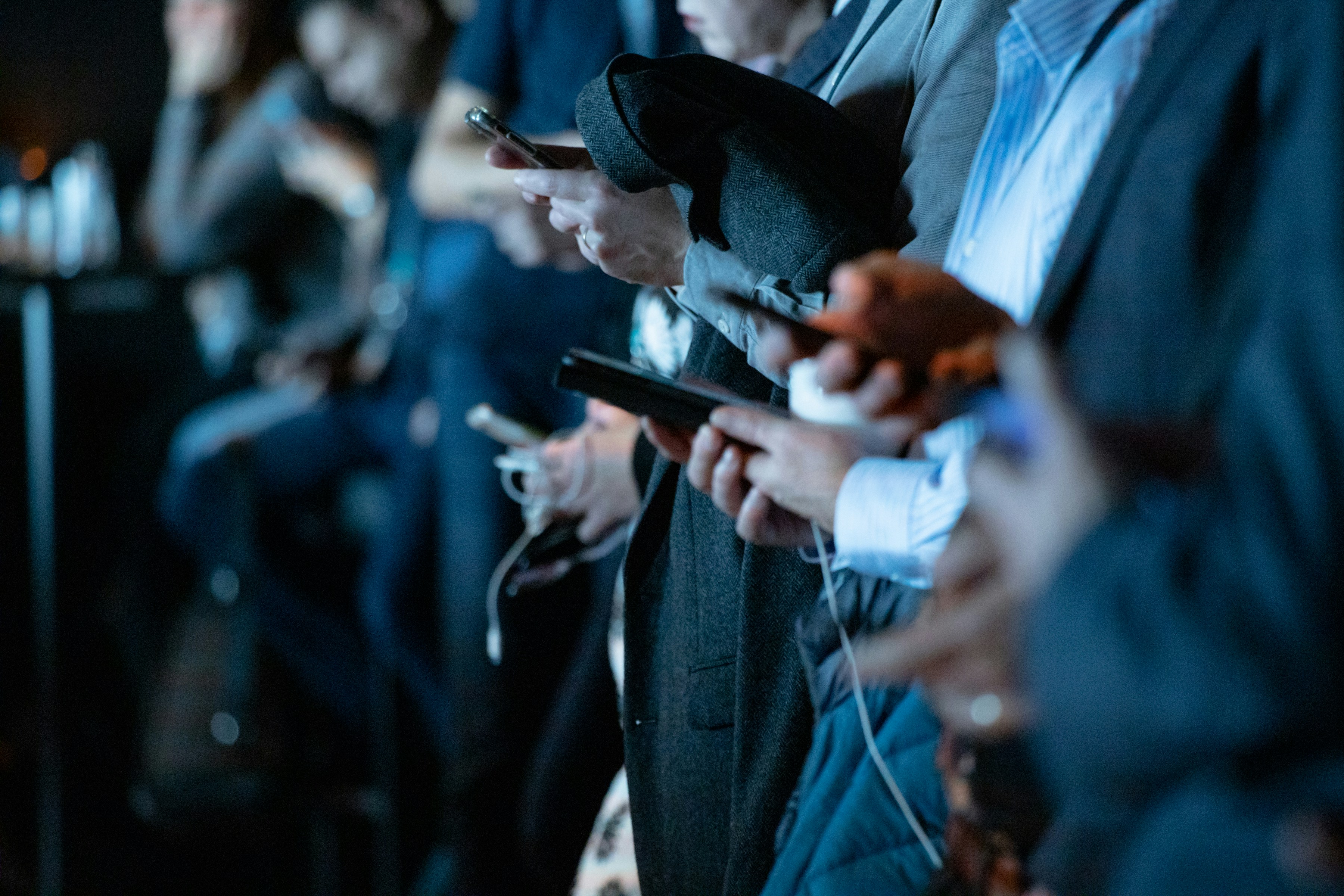Introduction
In the digital age, social media has emerged as a crucial tool in hurricane preparedness and response. With platforms like Twitter, Facebook, and Instagram, emergency managers and the public can disseminate information rapidly, allowing communities to brace for upcoming storms and manage post-hurricane situations efficiently. This blog explores the multifaceted role of social media in enhancing hurricane preparedness and response efforts.
Why Social Media Matters During Hurricanes
Social media’s immediacy and accessibility make it indispensable in hurricane-prone areas. In times of crisis, traditional communication channels like radio and television may be interrupted, while social media continues to provide a lifeline of real-time updates. The interactive nature of social media platforms allows users to not only receive critical information but also share their experiences and report local conditions, aiding first responders and relief organizations.
Real-Time Updates and Alerts
One of the most significant advantages of social media is the ability to provide real-time updates and alerts. Official agencies such as the National Weather Service and the Federal Emergency Management Agency (FEMA) leverage these platforms to send out timely warnings, evacuation orders, and safety tips. Local authorities can tailor their messages to specific regions, ensuring that residents receive relevant information quickly.
Engaging Communities in Preparedness Activities
Social media is also a powerful tool for engaging communities in hurricane preparedness activities. Organizations like HelpNow use platforms to organize and promote educational webinars, workshops, and drills. By sharing interactive content, such as videos and infographics, they can reach wider audiences, encouraging proactive measures to secure homes and properties before a storm hits.
Case Studies: Successful Use of Social Media
Throughout recent hurricane seasons, numerous success stories highlight the pivotal role of social media. During Hurricane Harvey, Facebook’s Crisis Response feature was instrumental in connecting people with resources and helping families locate loved ones. Similarly, the Twitter hashtag #IrmaRelief was widely used to coordinate relief efforts and donations in the aftermath of Hurricane Irma.
Challenges and Considerations
Despite its benefits, there are challenges associated with using social media during hurricanes. Misinformation can spread rapidly, creating confusion and panic. It is crucial for users to follow verified accounts and double-check information before sharing. Organizations should invest in trained social media managers to ensure their communications are accurate and timely.
Combating Misinformation
Combatting misinformation requires a coordinated approach. Fact-checking initiatives and partnerships with technology companies can help curb false information. Users are encouraged to report suspicious content and rely on trusted sources like the FEMA website for official guidance.
Future of Social Media in Hurricane Preparedness
As technology evolves, so too does the potential for social media to enhance hurricane preparedness. Future trends may include integrating artificial intelligence to predict and map storm paths more accurately, creating virtual simulations for training purposes, and enhancing real-time language translation to reach non-English speaking communities effectively.
The Role of Influencers and Community Leaders
Influencers and community leaders can play an integral role in disseminating critical information. Their established trust and broad reach can amplify official messages, ensuring a diverse audience receives and acts on vital alerts. Partnerships with these figures should be considered a key component of any comprehensive social media strategy.
Conclusion
Social media continues to transform how we prepare for and respond to hurricanes. By leveraging its unique capabilities, communities can improve resilience, reduce disaster risks, and expedite recovery. As platforms evolve, the challenge will be to harness their power responsibly, ensuring that social media remains a force for good in hurricane management strategies. For more on how to prepare for natural disasters, visit our blog or consider joining one of our courses designed to enhance emergency readiness.

